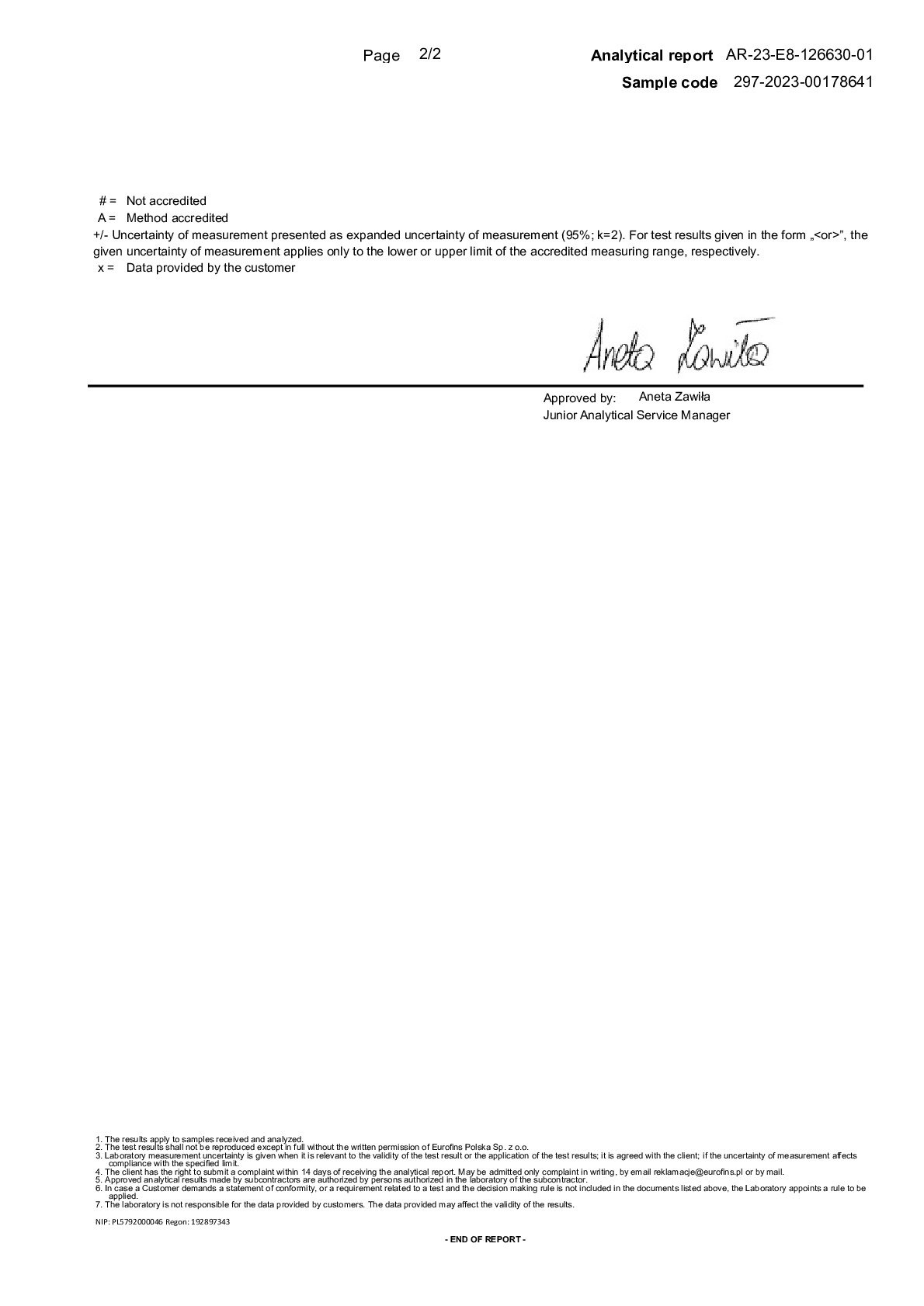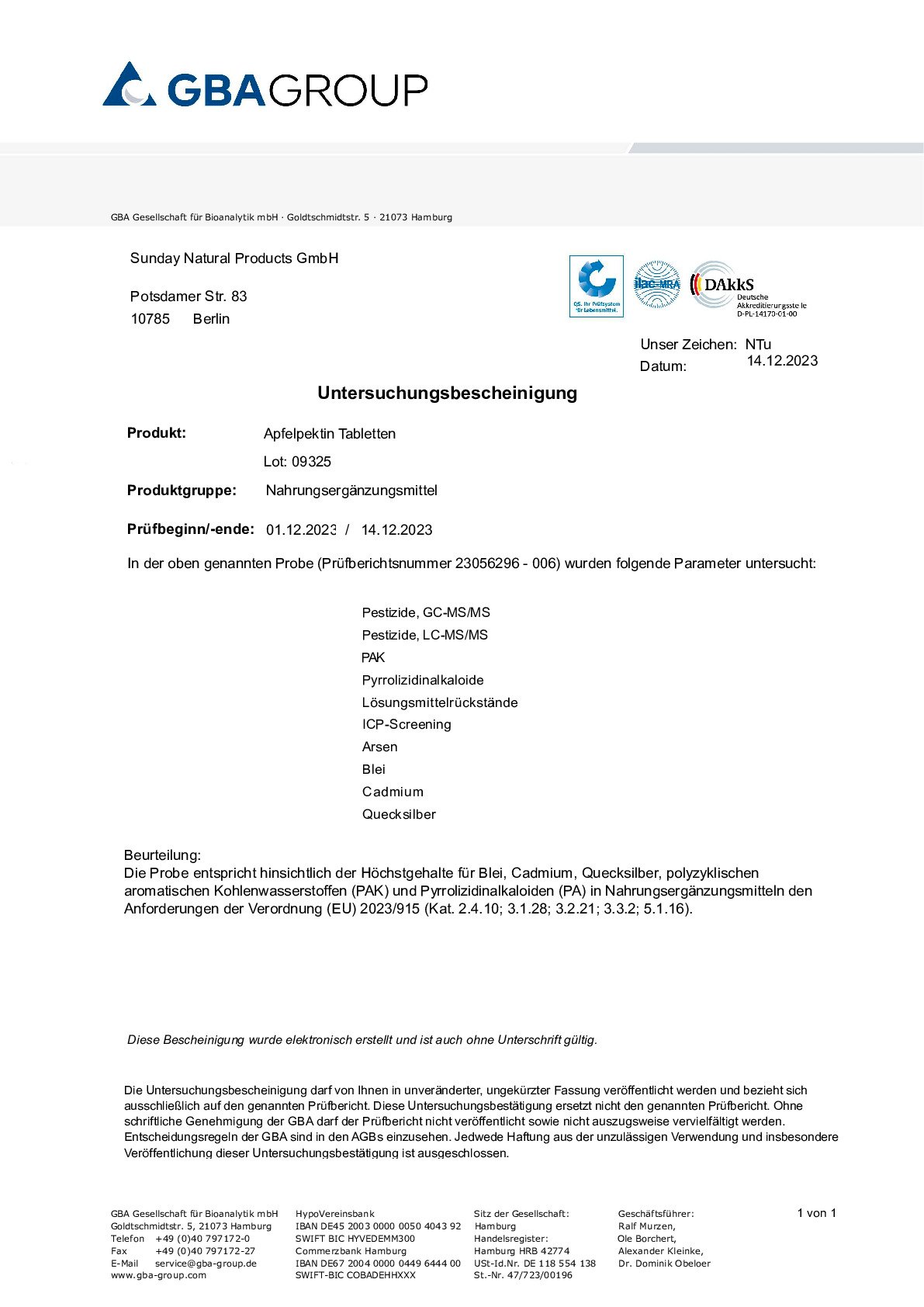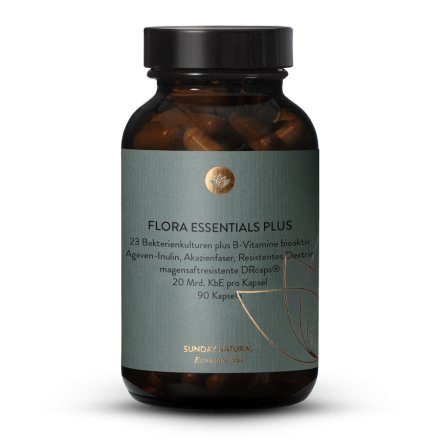As a complex polysaccharide, pectin is a natural component of plant cells. Found in the largest amounts in the middle lamellae and primary cell walls of stems, flowers and leaves, pectin provides a firm and stable structure and contributes to internal water regulation. Chemically speaking, pectin is a chain of D-galacturonic acid units linked by α-1,4-glycosidic bonds, interrupted periodically by α-1-2-l-rhamnose inserts on which oligomeric side chains of arabinose, galactose and xylose molecules are attached. It is this chemical structure that gives pectin its ability to bind water.
Pectins have been found in over 200 fruits to date. Apples, citrus fruits, rosehip and carrots are particularly rich in pectin.
From a nutritional point of view, pectins, like other fibres, are an important source of dietary fibre, which can be used by microorganisms such as lactobacilli and bifidobacteria as a natural food source. Pectins are valued for their high water-binding, or swelling, capacity.




























